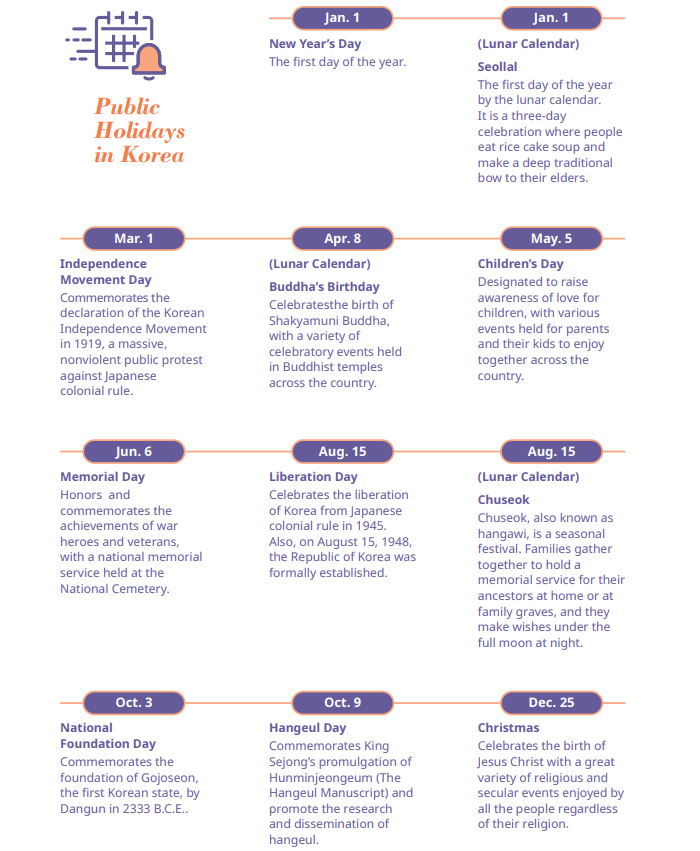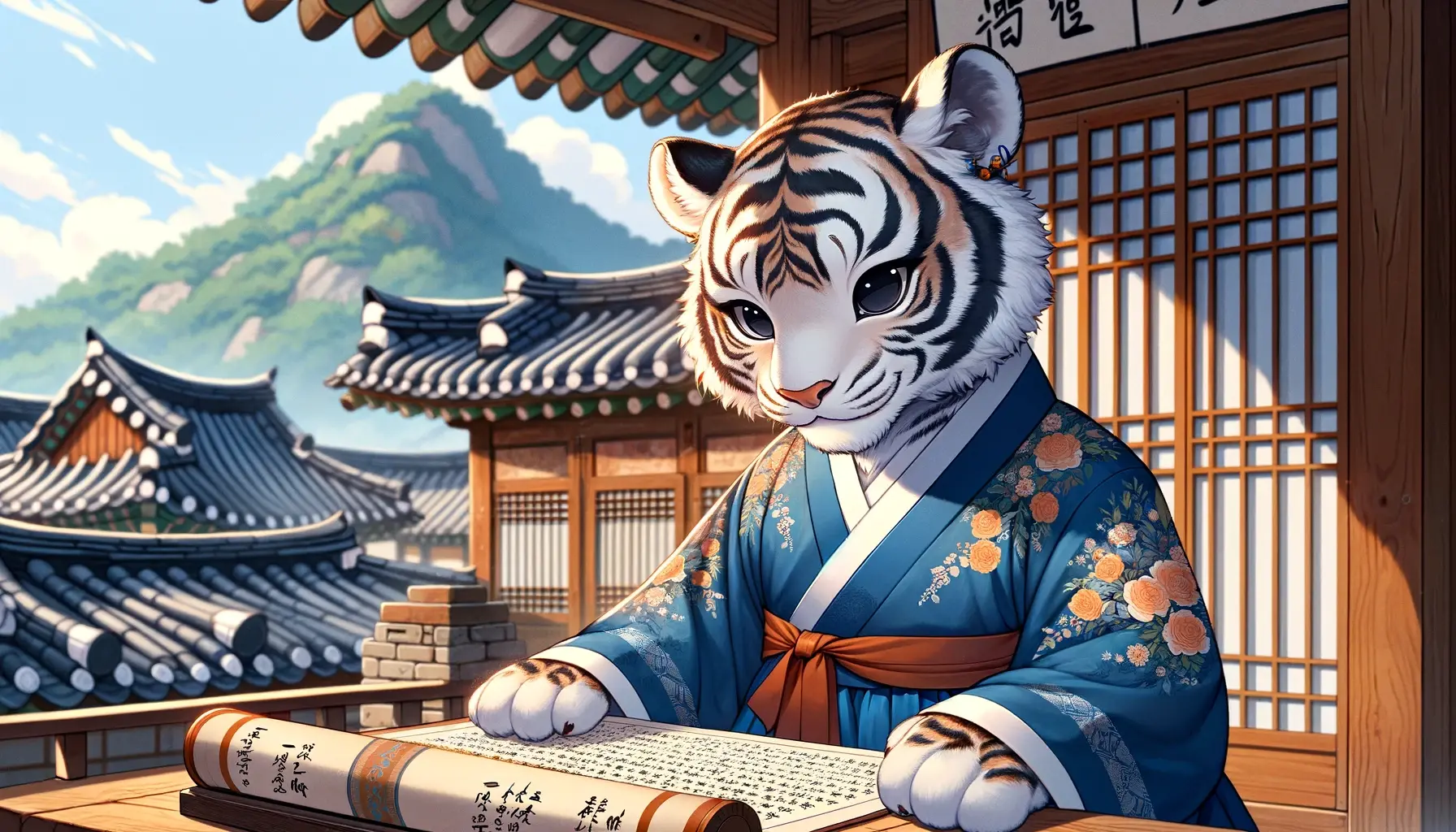The Evolution of Sunday Holidays in Early 20th Century Korea

In 1920, the Gyeongseong Chamber of Commerce decided to designate the first Sunday of each month as a public holiday, closing all shops. However, it took a considerable amount of time for this Sunday holiday system to become established. By the 1930s, reports indicated that the number of people enjoying leisure activities on Sundays had surpassed 100,000.
Initially, the public holiday system was ineffective in the private sector, with only government offices, schools, and some companies observing it. The Gyeongseong Chamber of Commerce's resolution in March 1920 mandated that all shops close on the first Sunday of each month, with the third Sunday being optional. Despite this, many shops, particularly in the Bukchon area where Korean-owned businesses were concentrated, chose to remain open on the designated holiday.
The term '공일' (empty day) was used to refer to Sundays during this period. Although the Chamber of Commerce aimed to create a social norm around these holidays, many larger shops disregarded the agreement, leading to public criticism. Articles in the Chosun Ilbo highlighted the ongoing challenges in enforcing the holiday system, with some shops opening on public holidays for profit.
The official decision for government offices to observe Sundays as holidays dates back to May 10, 1895, when a decree established full closure on Sundays and half-days on Saturdays. This practice gradually spread to schools and companies, but it took an additional 30 to 40 years for it to take root in the private sector.
By the mid-1930s, the concept of weekend leisure and Sunday holidays began to gain traction. A report from April 30, 1933, noted that nearly 100,000 people flocked to the suburbs to enjoy the cherry blossoms in full bloom, illustrating the growing popularity of public holidays.
However, the increase in holiday outings also led to unfortunate incidents, particularly involving children who became lost in the crowds. A report from October 19, 1939, described how many children wandered away from home during public holidays, prompting police to be on high alert for missing children.
The public holiday system was intended to ensure workers had time for rest and leisure, but in the early modern era, many factories struggled to provide even two days off a month. As public holidays became more common, they gradually integrated into daily life, reflecting a shift in societal norms around work and leisure.
What do you think?
0 reactions





